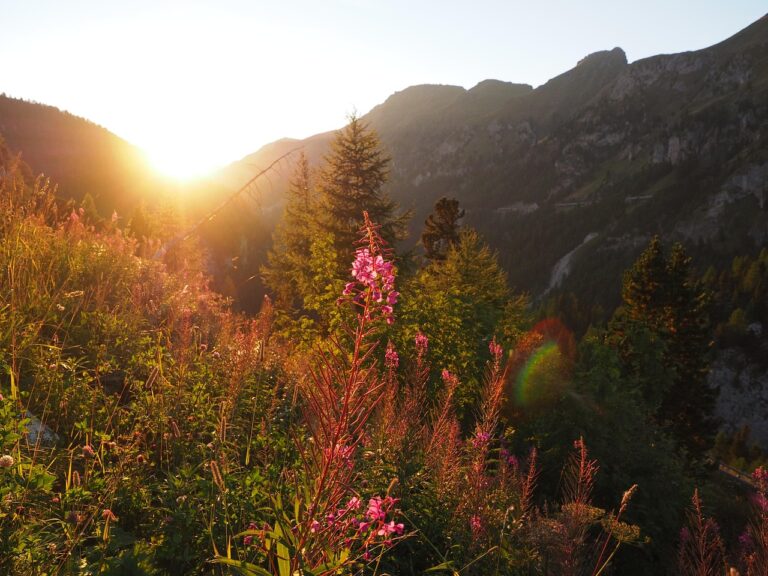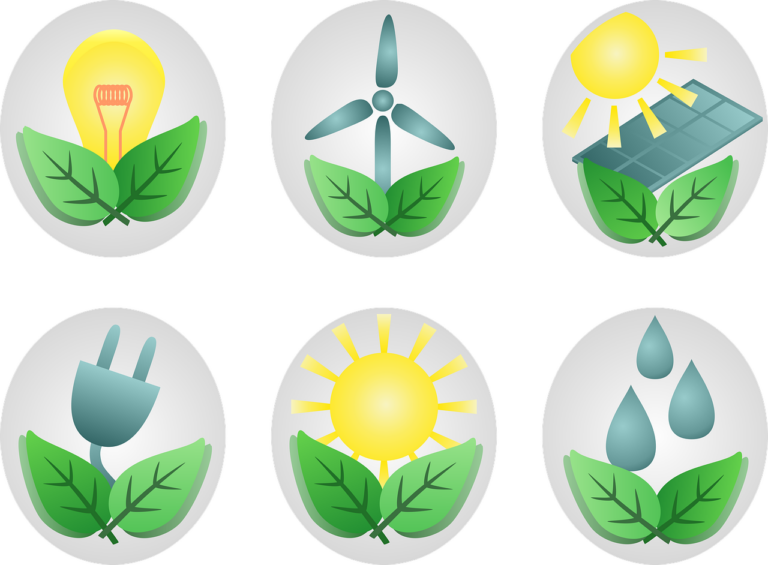
[the_ad_placement id=”adsense-in-feed”]
Ganga Andolan
Tehri dam had a significant impact on Gangatva
 By Dr. Rajendra Singh*
By Dr. Rajendra Singh*
[the_ad_placement id=”content-placement-after-3rd-paragraph”]
The constructed and under construction dams on the Alaknanda river have not only affected the cultural and spirituality of the five prayags but are also destroying the biodiversity.
In the name of development, the Ganga and its tributaries face several challenges. Prior to dam construction, the Himalaya would not experience flooding, however after dam construction on the Mandakini and Alaknanda, floods are occurring on the hills, a new phenomenon.
Every stream that feeds into the Ganga is facing excavation. It was to halt excavation in Haridwar, a Kumbh site that Swami Nigmanand gave up his life. Today his Guru Swami Shivanand in on a fast unto death since August 3, 2020. While this excavation did halt for a brief while it has restarted, with even more powerful machinery and equipment than before. This is deepening and accelerating biodiversity loss.
Also read: Ganga Movement: The river is extremely sick!
New ghats are not being constructed scientifically and without hydraulic research and analysis and as a result, resulting in silting and erosion. Large scale efforts to improve water quality such as sewage treatment plants have failed miserably and only resulted in worsening it. In fact, the technologies and interventions made by the government have only resulted in adversely affecting the Ganga’s biodiversity. All this is sheer destruction not development.
The Ganga is much more than the mere physical flow of water: The problems arise when the moment we only consider this aspect. That this river is a living ecosystem needs to be understood and known to all. The biodiversity in the river is specific to the tributaries that feed into the river and the geographical and geologic areas it flows through. There is an entire food web and food pyramid associated with the river: Any change in this will result in change of the river’s biodiversity.
The Ganga river basin has a transition zone, also knowns as the riparian zone, wherein vegetation/wetlands are found adjacent to the river on both banks. This vegetation supplies nutrients to the river and also helps balance the river water temperature. Moreover, this vegetation minimizes the effects of floods when the river is in spate. This zone also provides the indigenous forest communities with wood, food, fruits, medicinal plants, fodder and other basic requirements. This zone must be protected.
The two basic necessities for the Ganga are aviralta (free flow) and nirmalta (pure, clean). Nirmalta is related to water quality and depends on river pollution. The other basic requirement is aviralta: The moment this is tampered with or affected, the river is threatened.
There have been intensive and prolonged discussions on the environmental or ecological flow that is required to sustain the river. This flow is necessary for sustaining the indigenous biodiversity found in the river and also for sustaining the livelihoods of traditional communities who depend on this. If this quantity of river flow is not available, it will directly affect the biodiversity and threatened the livelihoods of traditional communities. The reasons why the requisite environmental flow needs to be maintained in the Ganga include:
• Maintaining the natural state of the river, even it means letting the river flow uninterrupted for some time every year.
• Self-cleaning of the river water
• Sustaining the biodiversity
• Aquifer recharge
• Sustaining traditional livelihoods
• Reducing impact of silt and rubble deposition in the river
• Sustaining responsible tourism
• Supporting the spiritual and cultural linkage between the river and the people.
According to a study by NEERI (National Environmental Engineering Research Institute), the Tehri dam has had a significant impact on the availability of biophages or bacteriophages (Gangatva) which is available upstream. This Gangatva is what gives the river its ‘mystical’ and scientifically proven properties. Bacteriophages are viruses that solely infect and/or destroy bacteria. The presence of biophages is what gave the Ganga water the ability to kill/neutralize microorganisms. In fact, biophages found in the Bhagirathi river have not been found anywhere in the world.
Thus, if we do not want to lose another natural heritage in the form of biodiversity, it is essential that the aviralta of the Ganga remains uninterrupted.
*The writer is an internationally acclaimed water conservationist and is also known as the Waterman of India. The views expressed are personal.
[the_ad_placement id=”sidebar-feed”]





